Like the hashtag, mentions are a crucial feature that first emerged from innovation by people on Twitter. Today, mentions and replies are a fundamental part of how people and businesses on Twitter interact, and we continue to see new and exciting uses of these features by developers — including to provide customer service, share news and reminders with others, and discover new topics and events.
When misused, and especially at high volume, automated replies and mentions can quickly become spammy and disruptive for our users. We employ a variety of automated systems to detect and prevent misuse of these features, and we apply our policies and enforcements consistently to all users of our platform. When we detect violations of the Twitter Rules or Automation Rules, or receive reports from users of spammy or unsolicited replies and mentions, we may take enforcement action up to and including the suspension of associated applications and accounts.
Here are a few key points to bear in mind when using automation to mention or reply to users:
- Only contact users who have clearly indicated a desire to be contacted by you. For example, if a user has directly mentioned your account or your brand name, that’s a good sign that they’re interested in receiving a response from you. Bulk or automated unsolicited mentions in response to generic or broad discussions of a topic or industry are prohibited. In the absence of other interactions, following your account does not constitute an intent to be automatically contacted by you.
- Don’t be spammy. Keep automated replies and mentions low-volume and high-value. Do not respond more than once to a Tweet or opt-in request from a user. When responding to mentions of your account or brand name, you should generally only reply to the user who mentioned you.
- If you’re asking users to opt-in to be contacted automatically, clearly explain what to expect. You should describe how and when a user will be contacted by you before they opt in to be contacted. Only contact users in the way you describe.
- Promptly respect requests not to be contacted. If a user opts out of being contacted by you, you should immediately respect their request. Requests to opt-out can take many different forms, and you should be sensitive to clear indications from users that they no longer wish to be contacted by you.
For additional information about automated replies and mentions on Twitter, you should review these policies and articles:
If you’re building a customer service app on Twitter, you may be interested in the variety of new Direct Message features that we have been adding to enable you to handle those interactions in a quick and delightful manner. These features are currently in beta, but are broadly available for you to try out today. Direct Messages are private by design, and less likely to be disruptive to people who choose to interact with your service. Please note that all parts of the Twitter Rules, Developer Agreement and Policy, and Automation Rules also apply to Direct Messages, and you should continue to be mindful not to spam or disrupt users via DM.
You can ask questions about this policy using the Rules and Policies category.
